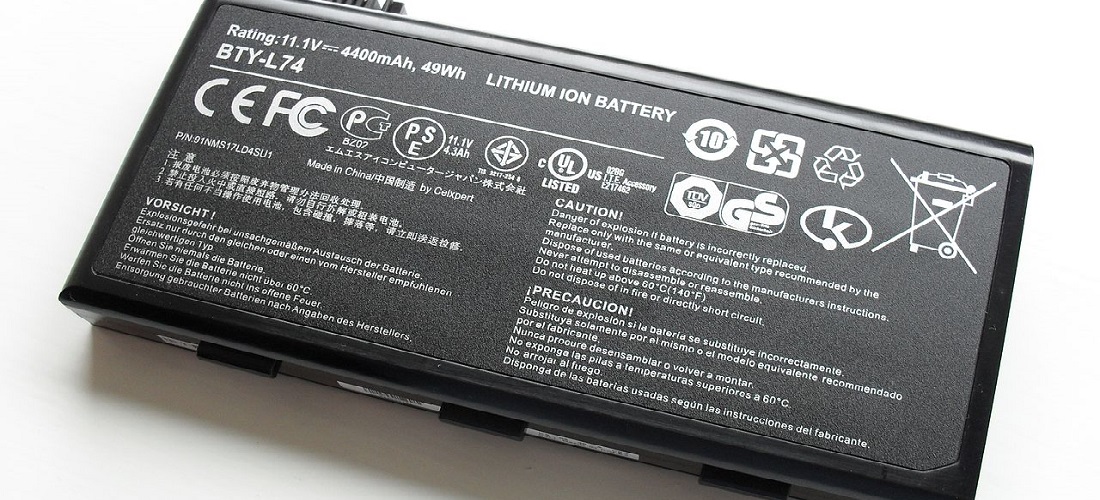
Lithium cycle likely to thwart industrialization hopes in South America
Jul, 17, 2023 Posted by Gabriel MalheirosWeek 202328
Although Latin America has the largest lithium reserves, the region cannot compete with the generous subsidies offered by the US and Europe to attract battery and electric vehicle factories and other green technologies production sites. Only a few isolated projects for setting up electric vehicle and battery industries exist in the region, such as Brazil and Chile.
“Latin America faces doubts about its ability to build the infrastructure and create a regulatory environment that would make it appealing and competitive to host part of the supply chain, providing stable and secure routes that offset the transport costs,” says Bertrand Troiano, an energy and green transition specialist at the global firm FTI Consulting.
According to estimates by the International Energy Agency (IEA), the demand for lithium will increase by 40 times in the next two decades, which puts the ore in the same category as oil and gas as an element of global energy security. Argentina, Bolivia, and Chile, which make up the “lithium triangle,” have 60% of the world’s reserves of the ore.
In theory, this would be an opportunity for these countries to attract large-scale investment from the booming green economy industry. But they also face many challenges, such as limited financing capacity and a small domestic market, among others.
“Much of the region is paying a heavy price for its historical role as raw materials-only suppliers to the global market. Manufacturing companies require and look for economies of scale that they cannot find in the region,” says Michael Shifter, an academic specialist on Latin America at the Washington-based think tank Inter-American Dialogue.
He says Latin America, especially South America, has failed to diversify its economies. As a result of relying on commodity exports, the region lacks the industrial infrastructure needed to turn lithium into batteries or other products with higher added value.
Despite its reputation as the most pro-market country in Chile, fears of government interference in private activities increased after President Gabriel Boric issued a decree in April stating that two state-owned mining companies will control the lithium sector. Chileans are going through a complex constitutional process, which adds uncertainty to the table – even for investors willing to bet on the lithium sector.
Chinese electric vehicle industries have shown interest in setting up in the country, but negotiations are still at an early stage.
Argentina, on the other hand, seems more interested in quickly diversifying its portfolio of export commodities than in pursuing medium and long-term industrialization projects – as its economy is currently pressured by years of drought that reduce its agricultural output and its chronic dollar shortage – it seeks to sell lithium from its abundant reserves as fast as possible.
In the first quarter of this year, the country exported US$ 233 million worth of the product, 133% more than in the same period of 2022.
“Argentina needs strategic allies to boost the growth of its mining sector,” said Secretary of Mines Fernanda Ávila on Twitter. Six new projects for producing lithium carbonate – which will be supplied by three mines already in operation – should be ready by 2025.
One of these projects involves the Chinese company Zijin Mining, as reported earlier this week by Bloomberg. The company is in advanced talks to build a unit in Argentina that will convert some of the vast reserves of lithium in Catamarca – in the lithium triangle – into cathodes used to make electric vehicle batteries.
Brazil and Mexico, two other major holders of lithium reserves in Latin America, stand out from the rest of the region mainly because they have a well-established car industry and – as an exception that proves the rule – because they are the largest Latin American economies and have more capacity to promote themselves.
Due to its economic size and potential market, Brazil is attracting US$ 5 billion in investments from the Chinese company BYD, which plans to set up a plant in Bahia, possibly in the former Ford factory in Camaçari, to produce electric cars and batteries.
WEG is making a significant investment to expand its lithium-based battery factory in Brazil, and is also investing in car charging infrastructure in the Southeast region.
Regarding raw metal mining, two Canadian companies, one American and one Australian are expected to operate in the “Vale do Litio Project” in the Jequitinhonha Valley, in Minas Gerais. There are already two projects in production in this region, from Companhia Brasileira de Litio (CBL) and AMG Brasil.
The Chinese drive to dominate the processing chain of minerals applied to the green transition worries the West. According to a report presented this week by the International Energy Agency (IEA), half of all lithium chemical plant projects are planned for China.
Studies show that while 2 to 3 grams of lithium are needed to make a battery for a smartphone, a battery system in an average Tesla electric vehicle, for example, consumes 12 to 15 kilograms of the metal. And lithium mining has a significant environmental impact.
Analysts estimate that this impact has accelerated research to enable, in a short time, the replacement of lithium and other metals that are currently part of the composition of batteries – which suggests that the lithium cycle may be shorter than expected.
-
OTI Rankings
Jun, 01, 2021
0
DataLiner OTI Rankings (NVO Rankings) | Jan to April 2020 vs. 2020| Brazil and Plate
-
Other Logistics
Feb, 18, 2019
0
Codesp reviews proposals for new Port of Santos access road
-
Grains
Feb, 19, 2024
0
Brazilian Agribusiness Registers Record-Breaking January at Dawn of 2024
-
Ports and Terminals
Aug, 01, 2023
0
Minister Márcio França says that work on the Santos-Guarujá tunnel will begin in 2024

